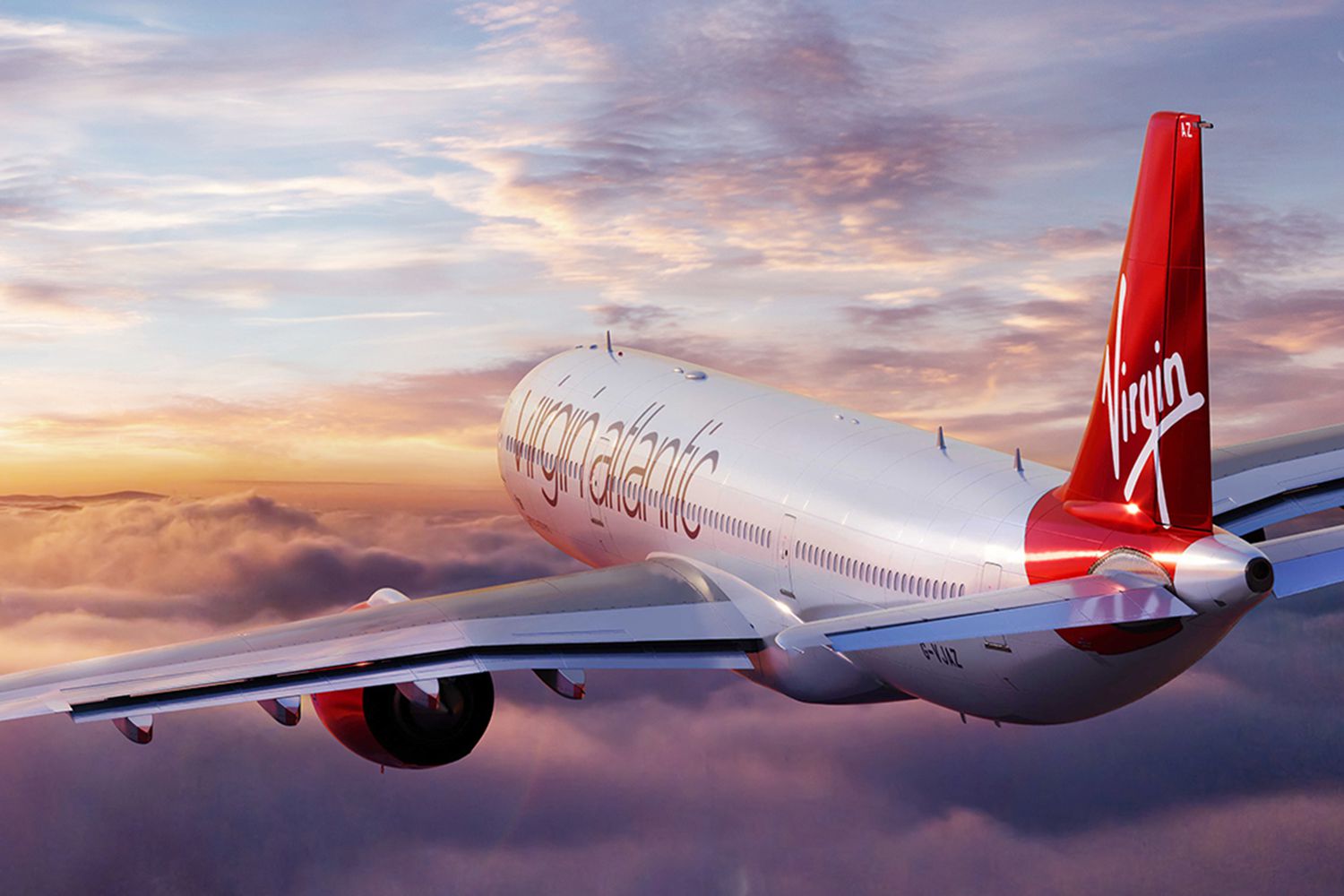
What is an airline network strategy? Simply put, it's the plan airlines use to decide where their planes fly. This strategy helps airlines figure out which routes to offer, how often to fly them, and what types of planes to use. Why does it matter? Because it affects ticket prices, travel times, and even the number of flights available. Airlines use complex data and models to make these decisions, aiming to maximize profits while keeping passengers happy. Understanding this strategy can help travelers make smarter choices about their flights. Ready to learn more? Let's dive into the fascinating world of airline network strategy!
Key Takeaways:
- Airlines use different models and economic factors to plan their routes and schedules, aiming to maximize profits and efficiency while balancing costs with potential revenue.
- Technology and environmental considerations play crucial roles in how airlines plan and manage their networks, from advanced software to reducing their carbon footprint.
Understanding Airline Network Strategy
Airline network strategy is a complex and fascinating subject. It involves planning routes, managing fleets, and optimizing schedules to maximize profits and efficiency. Here are some intriguing facts about how airlines design their networks.
-
Hub-and-Spoke Model: Many airlines use a hub-and-spoke system. This means they operate flights from smaller cities to a central hub, where passengers can transfer to other flights. This model helps airlines fill planes and reduce costs.
-
Point-to-Point Model: Low-cost carriers often prefer a point-to-point model. This involves flying directly between two destinations without a central hub. It reduces travel time and can be more convenient for passengers.
-
Fleet Utilization: Airlines aim to keep their planes in the air as much as possible. High fleet utilization means more flights and more revenue. Maintenance and turnaround times are minimized to achieve this.
-
Seasonal Routes: Some routes are only profitable during certain times of the year. Airlines adjust their schedules to add or remove flights based on seasonal demand, like adding more flights to vacation destinations during summer.
Economic Factors in Airline Network Strategy
Economic considerations play a significant role in shaping airline networks. Airlines must balance costs with potential revenue to stay profitable.
-
Fuel Costs: Fuel is one of the largest expenses for airlines. Routes are planned to minimize fuel consumption, which can involve flying longer but more fuel-efficient paths.
-
Airport Fees: Airports charge airlines for using their facilities. These fees can vary widely, influencing which airports airlines choose to serve. Some airlines negotiate lower fees in exchange for bringing more passengers.
-
Load Factor: The load factor is the percentage of seats filled on a flight. Higher load factors mean more revenue per flight. Airlines adjust prices and schedules to maximize their load factors.
-
Yield Management: Airlines use sophisticated software to adjust ticket prices based on demand. This practice, known as yield management, helps airlines maximize revenue by selling tickets at the highest possible price.
Technological Advances in Airline Network Strategy
Technology has revolutionized how airlines plan and manage their networks. From advanced software to real-time data, technology plays a crucial role.
-
Route Planning Software: Modern airlines use advanced software to plan routes. These programs consider factors like weather, air traffic, and fuel consumption to find the most efficient paths.
-
Real-Time Data: Airlines use real-time data to monitor flights and make adjustments. This can include changing flight paths to avoid bad weather or adjusting schedules to accommodate delays.
-
Predictive Analytics: Predictive analytics helps airlines forecast demand and adjust their networks accordingly. By analyzing historical data, airlines can predict which routes will be popular and when.
Environmental Considerations in Airline Network Strategy
Environmental concerns are increasingly important in airline network strategy. Airlines are finding ways to reduce their carbon footprint while maintaining efficiency.
-
Fuel-Efficient Aircraft: Newer aircraft are designed to be more fuel-efficient. Airlines invest in these planes to reduce fuel consumption and emissions.
-
Carbon Offsetting: Some airlines offer carbon offset programs. Passengers can pay extra to offset the carbon emissions from their flights, funding projects that reduce greenhouse gases.
-
Sustainable Aviation Fuel: Airlines are exploring sustainable aviation fuels (SAFs) made from renewable resources. SAFs can significantly reduce the carbon footprint of flights.
-
Optimized Flight Paths: By optimizing flight paths, airlines can reduce fuel consumption and emissions. This involves flying at optimal altitudes and speeds to minimize environmental impact.
Final Thoughts on Airline Network Strategy
Airline network strategy is a complex puzzle. Airlines must balance profitability, passenger demand, and operational efficiency. Hub-and-spoke models, point-to-point routes, and alliances all play crucial roles. Understanding these strategies helps passengers make informed travel choices. It also highlights why some routes are more frequent or affordable. Airlines constantly adapt to market changes, fuel prices, and technological advancements. This dynamic environment ensures that no two days in the airline industry are the same. By grasping the basics of airline network strategy, travelers can better appreciate the intricacies behind their journeys. Whether you're a frequent flyer or an occasional traveler, knowing these facts can enhance your travel experience. So next time you board a plane, remember the strategic planning that got you there. Safe travels!
Frequently Asked Questions
Was this page helpful?
Our commitment to delivering trustworthy and engaging content is at the heart of what we do. Each fact on our site is contributed by real users like you, bringing a wealth of diverse insights and information. To ensure the highest standards of accuracy and reliability, our dedicated editors meticulously review each submission. This process guarantees that the facts we share are not only fascinating but also credible. Trust in our commitment to quality and authenticity as you explore and learn with us.


